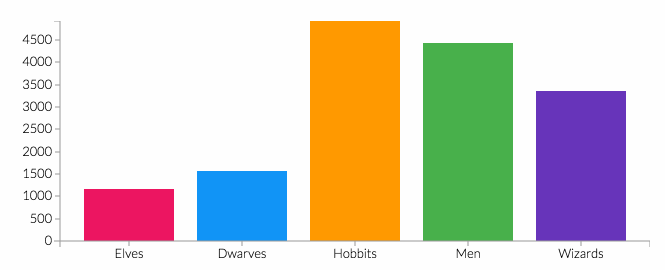Pesan Emosi Orangtua Terhadap Regulasi Emosi Anak Usia Prasekolah Selama Pendidikan Jarak Jauh
DOI:
https://doi.org/10.33853/istighna.v6i1.225Keywords:
communication, communicating emotion, parent, preschoolAbstract
Emotion communication between parents and pre-schooler have been proven to have a significant part in children’s emotion regulation development. Particularly in this pandemic time, where early childhood has to spend more time at home due to stay-at-home instruction. Research purpose is to determine the effect of communication emotion to children emotion regulation. Population is parents with preschool children in Kabupaten Tangerang. Simple random sampling is used to decide to sampling; with total participant 51 parents (father or mother). Emotion communication between parent-child will be measured using rating scale Parents-Child Conversations about Emotion/QPCCE and the child emotion regulation will be measured using the Emotion Regulation Skills Questionnaire. Results show that there are no significance effect in communicating emotion to preschool emotion regulation. For future research, it is suggested to simplify the questionnaire.
Downloads
References
Cozby, P. C., & Bates, S. C. (2018). Methods in Behavioral Research (13th ed.). McGraw-Hill Education International.
DeVito, J. A. (2016). The Interpersonal Communication Book (14th Editi). Pearson.
DeVito, J. A. (2018). Human Communication, The Basic Course (14th Editi). Pearson. https://doi.org/10.1017/CBO9781107415324.004
Evan, J. R., & Mathur, A. (2020). The Value of Online Survey. Internet Research, 15, No.2. https://www.researchgate.net/publication/220146842_The_Value_of_Online_Surveys?enrichId=rgreq-690f0215638224f0b78fec7d33fae898-XXX&enrichSource=Y292ZXJQYWdlOzIyMDE0Njg0MjtBUzoyMTI2NjkxMTUxNzkwMTJAMTQyNzcxNTY3NjMzNA%3D%3D&el=1_x_2&_esc=publicationCoverPdf
Gottman, J., & Declaire, J. (1997). Raising an Emotionally Intelligent Child; The heart of parenting. Simon & Schuster Paperback.
Gottman, J. M., Katz, L. F., & Hooven, C. (1997). Meta-Emotion; How Families Communicate Emotionally. Lawrence Erlbaum Associates, Publisher.
Gravetter, F. J., & Wallnau, L.B. (2013). Statistic for the Behavioral Sciences ((th ed). Wadswort, Cengage Learning.
Henniger, M. L. (2009). Teaching Young Children; an Introduction (4th ed.). Springer.
Kementrian Pendidikan dan Kebudayaan. (2020). APK PAUD; Angka Partisipasi Kasar Pendidikan Anak Usia Dini 2019/2020.
Littlejohn, S. W., & Foss, K. A. (2009). Encyclopedia of Communication Theory. Sage Publication.
Loop, L., & Roskam, I. (2016). Do Children Behave Better When Parents’ Emotion Coaching Practices are Stimulated? A Micro-Trial Study. Journal Child Family Study. https://doi.org/DOI 10.1007/s10826-016-0382-0
Mazzone, S., Roskam, I., Mikolajczak, M., & Nader-Grosbois, N. (2017). Do Parents Talk about Emotions with Their Children? The Questionnaire of Parent-Child Conversations about Emotions (QPCCE). Scientific Research Publishing. http://www.scirp.org/journal/psych
Papalia, D. E., & Martorel, G. (2014). Experience Human Development (13th ed.). McGraw-Hill Education International.
Santrock, J. W., Deater-Deckard, K., & Lansford, J. (2020). Child Development; an Introduction. McGraw-Hill Education International.
Tomlinson, H. B., & Andina, S. (2015). Parenting Education in Indonesia. World Bank Group.
Downloads
Published
How to Cite
Issue
Section
License
Copyright (c) 2023 naila attamimi

This work is licensed under a Creative Commons Attribution-ShareAlike 4.0 International License.
Copyright Notice
Authors hold and retain copyright and grant the journal right of first publication with the work simultaneously licensed under a http://creativecommons.org/licenses/by-sa/4.0that allows others to share the work with an acknowledgment of the work's authorship and initial publication in this journal.

This work is licensed under a Creative Commons Attribution-ShareAlike 4.0 International License.
















